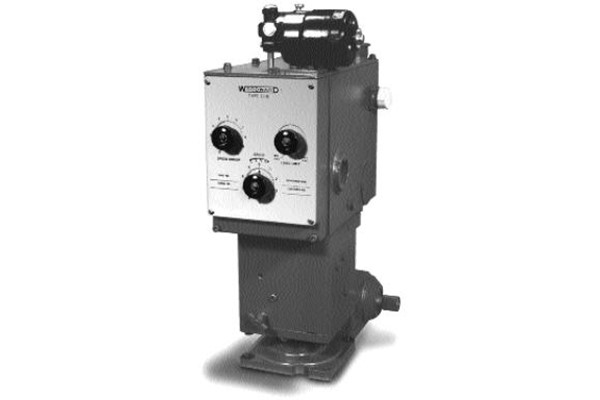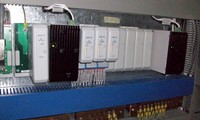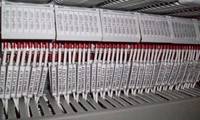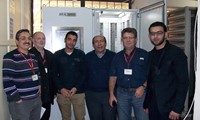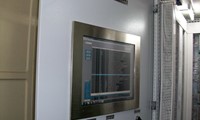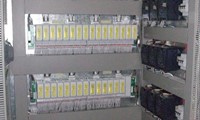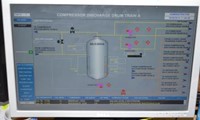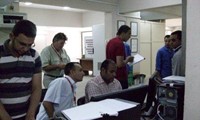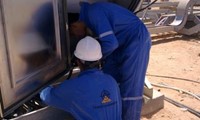Under electronic control, speed and droop adjustments are made to the electronics
Most electronic controls provide features for isochronous load sharing between engines
The electronics must be able to function in droop mode for units that are paralleled with an infinite bus or to dissimilar governors
The ballhead portion of the EGB can be operated isochronously or with droop for single-unit or parallel applications
A droop-adjustment knob provides droop adjustment for the ballhead governor in parallel applications
The load-limit control knob is used to adjust the maximum output position of the governor/actuator
Ballhead Assemblies
Solid (standard) or spring driven-oil damped Available in undamped natural frequencies of none, 180, 290, 400, 550 cpm
Solenoid Valve Shutdown
The optional solenoid valve can be used for prime mover shutdown Energize or de-energize to shutdown versions are available
Speed Adjusting Motor
Permits remote, electric speed adjustment of the ballhead governor The motor is series wound, split field, and available in most standard voltages Optional switch contacts are useful for maximum and minimum indicator lights and/or motor limit switches
Mode Switch
Indicates electric governor in control
Oil Heat Exchanger
A heat exchanger is used with the EGB Governor/ Actuator if high ambient temperatures or high drive speed cause oil operating temperatures greater than the oil manufacturer's temperature recommendation
Either integral or separate mounting is available An oil cooler is generally recommended for EGB-29P with drive speed greater than 1200 rpm and EGB-58P with drive speed greater than 900 rpm
Booster Servomotor
To save starting air, an air operated Booster Servomotor is available and can be connected to the governor/actuator for quick starting
Pneumatic, Manual Starting Devices
A pneumatic or manually operated plunger lowers the actuator pilot valve
Oil pressure generated at cranking speed is allowed to move the terminal shaft in the increase direction so the engine can start

